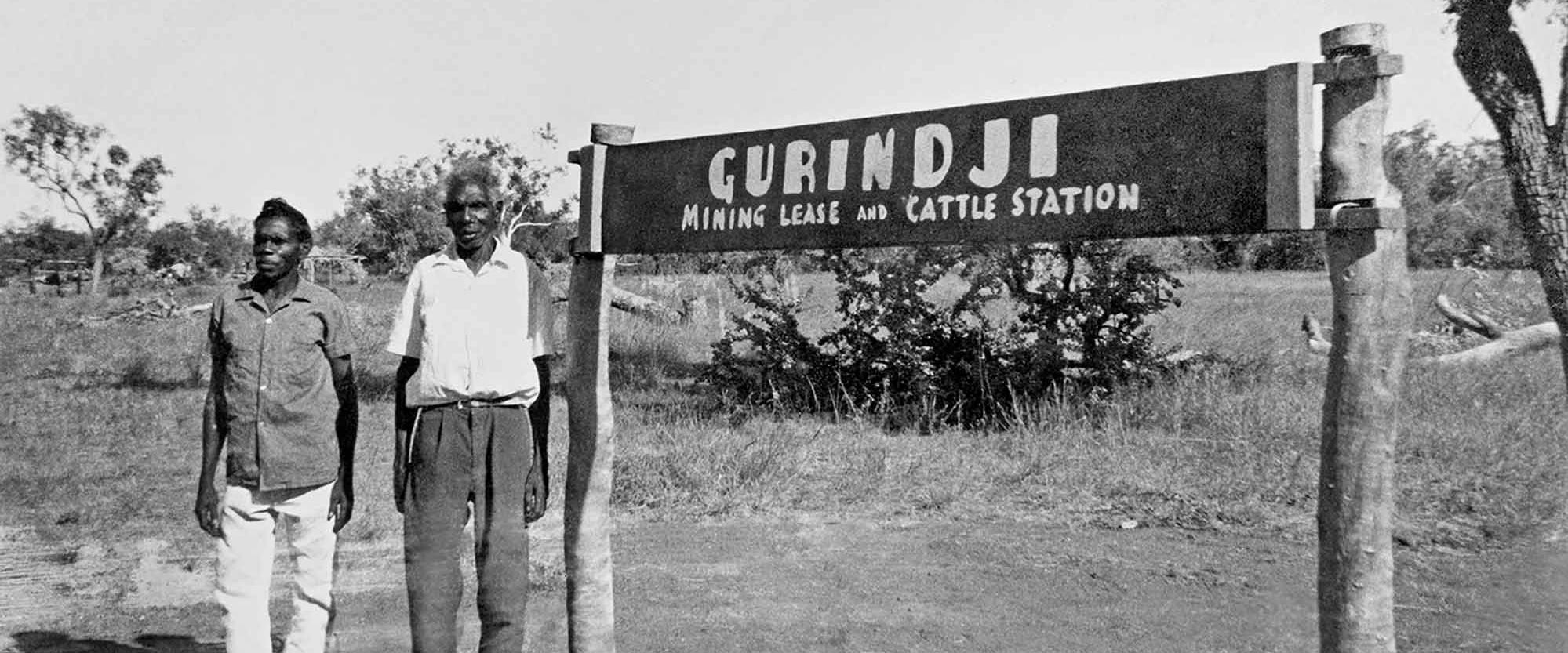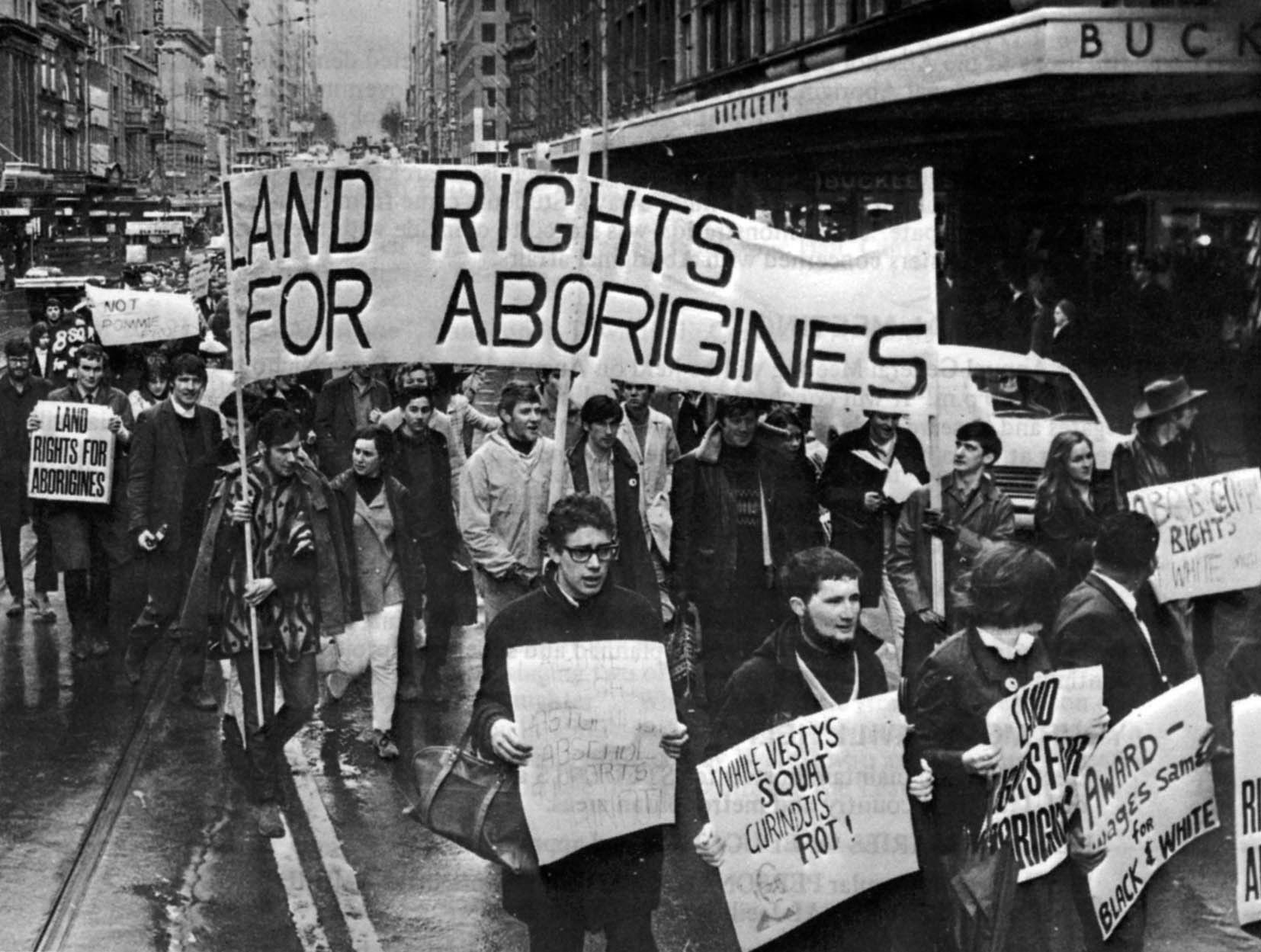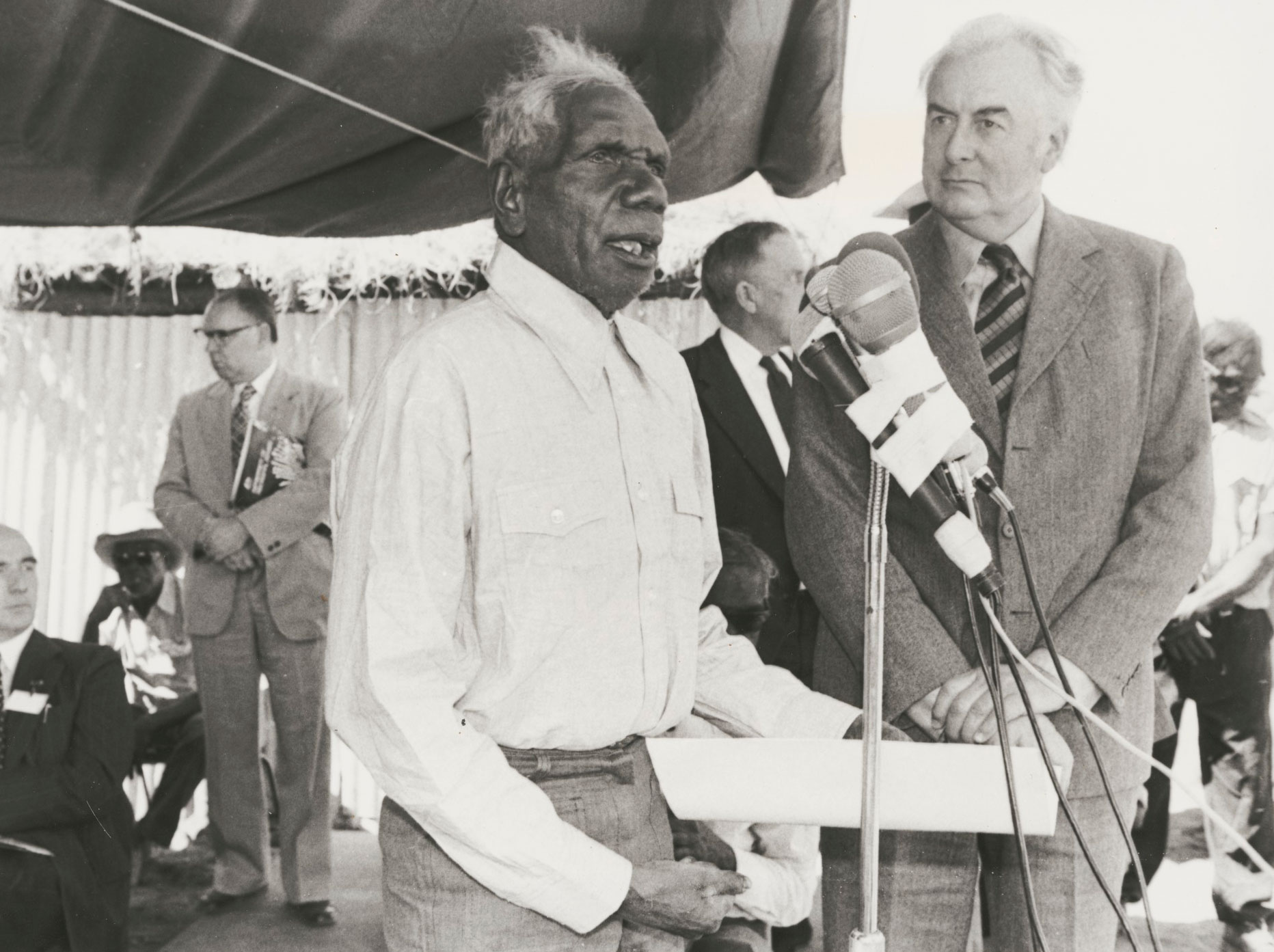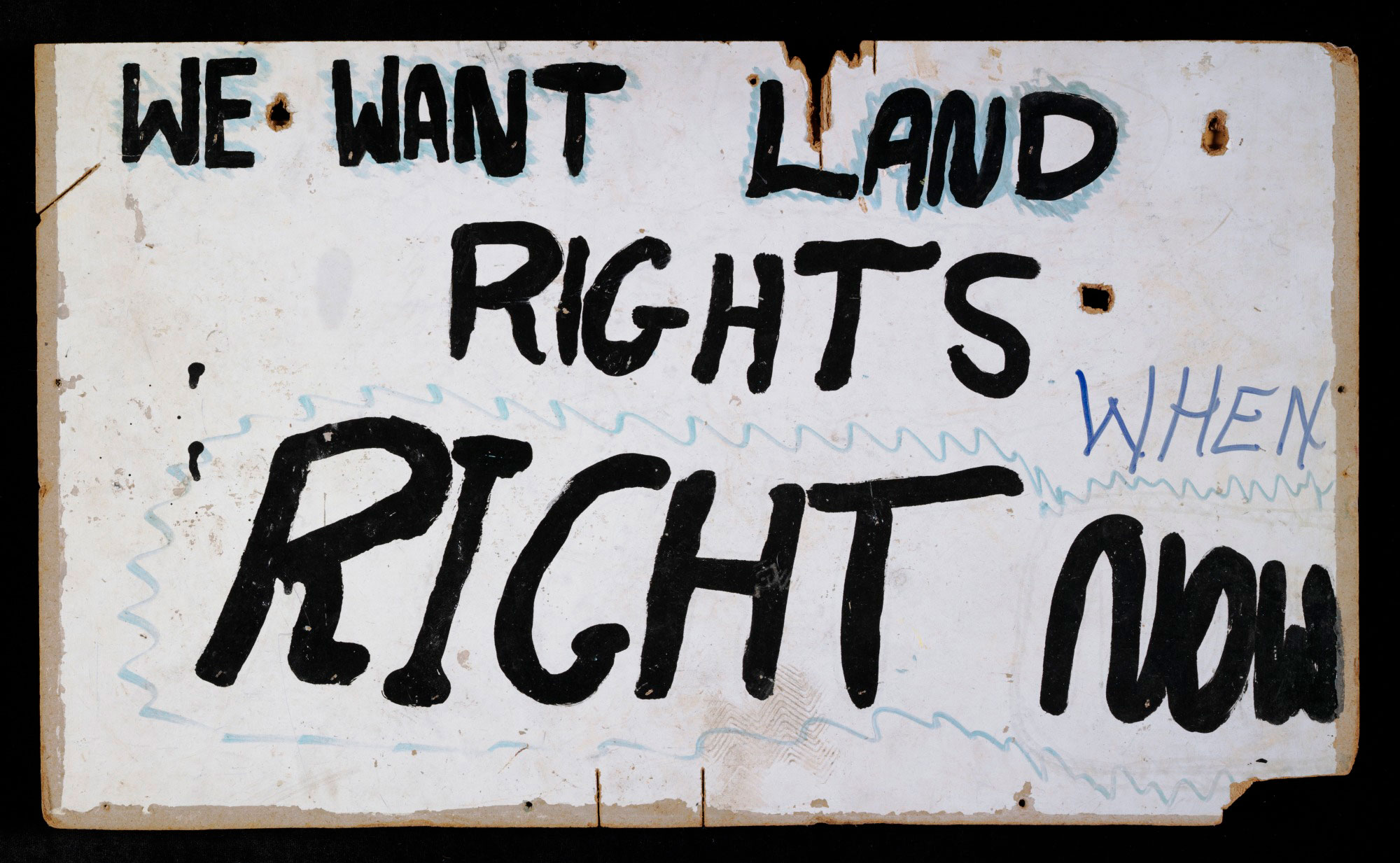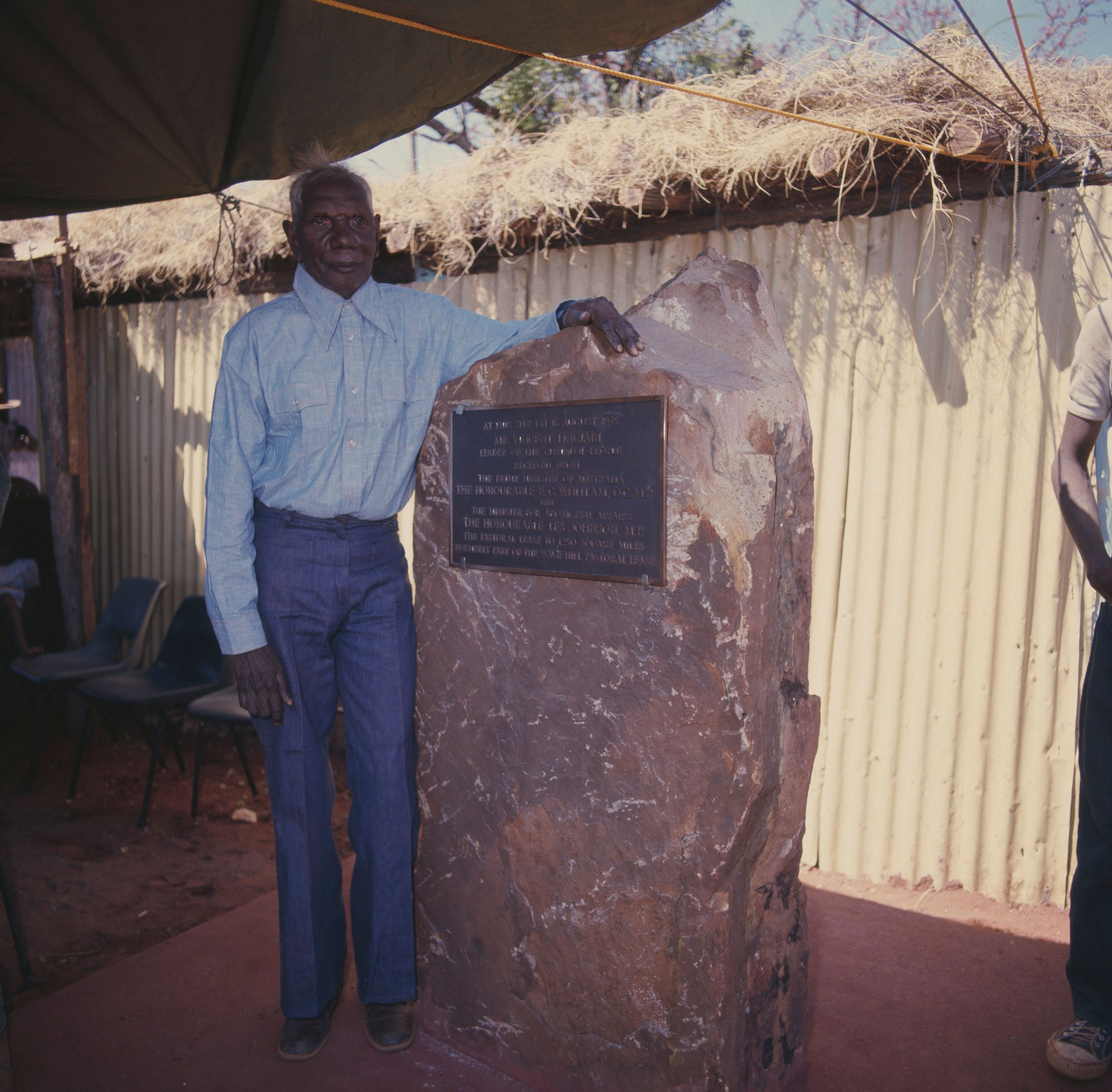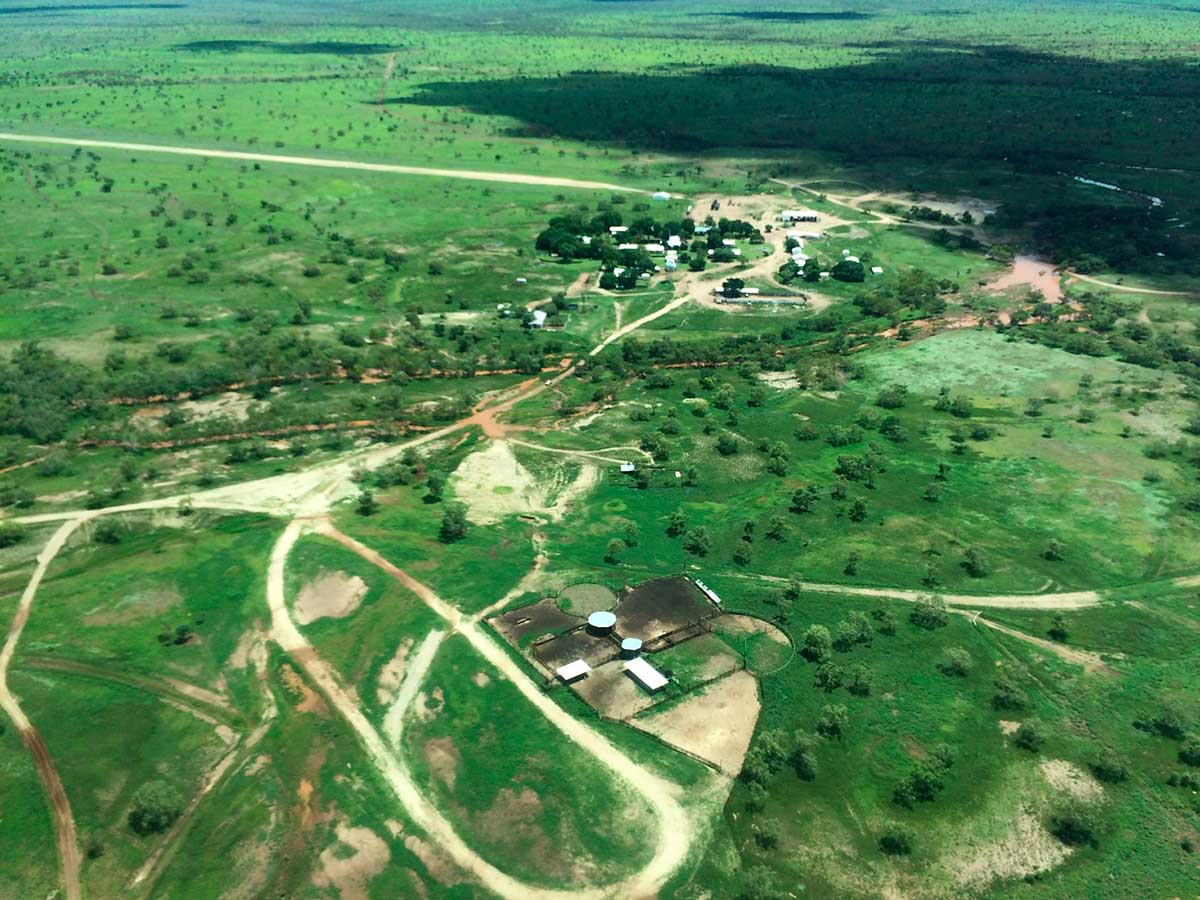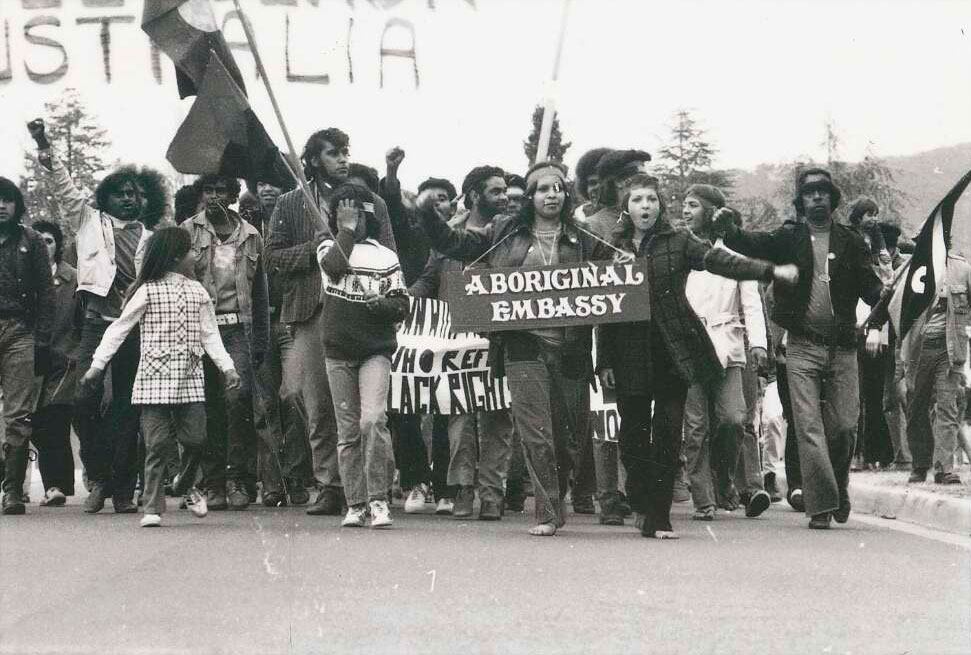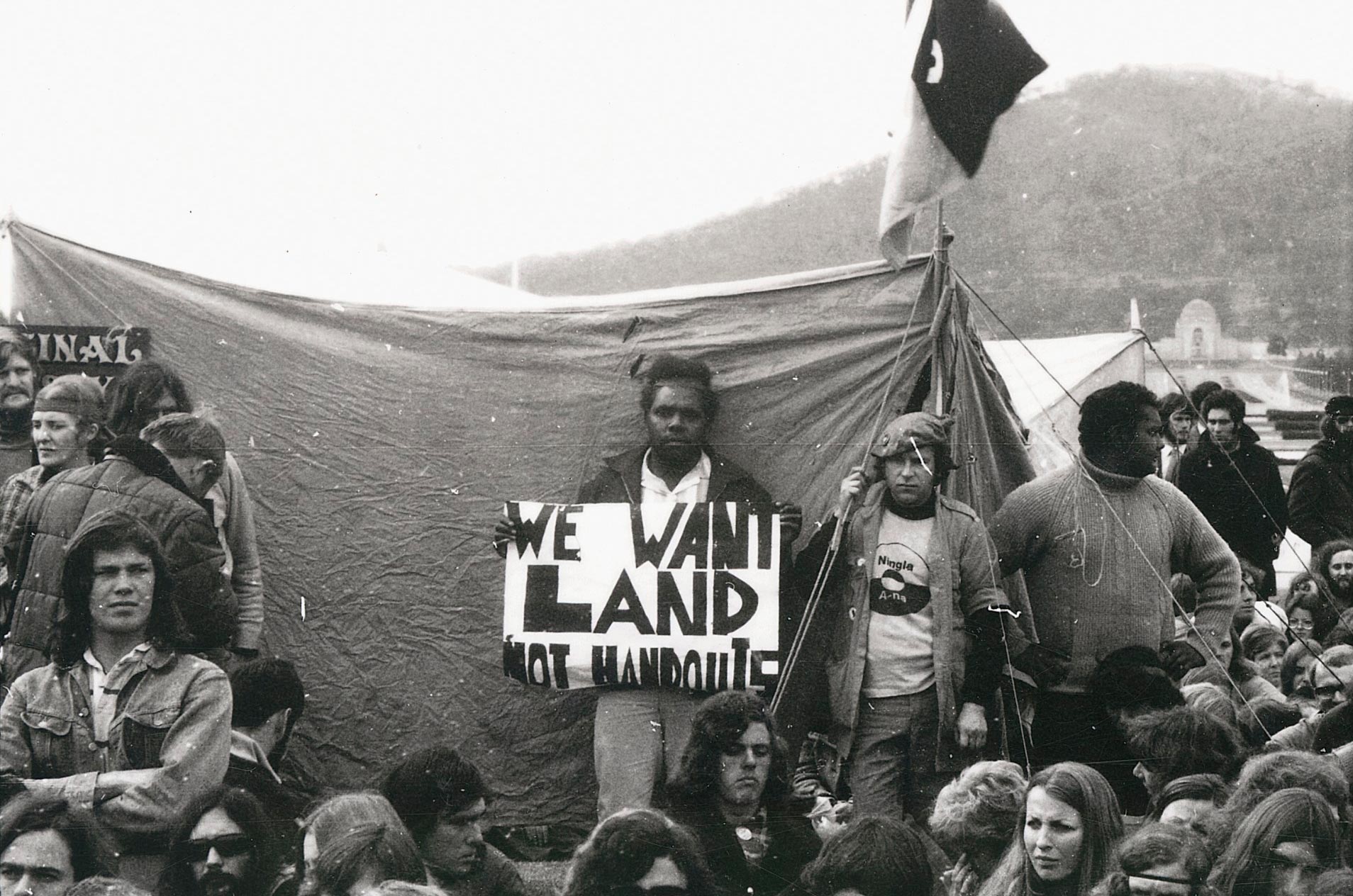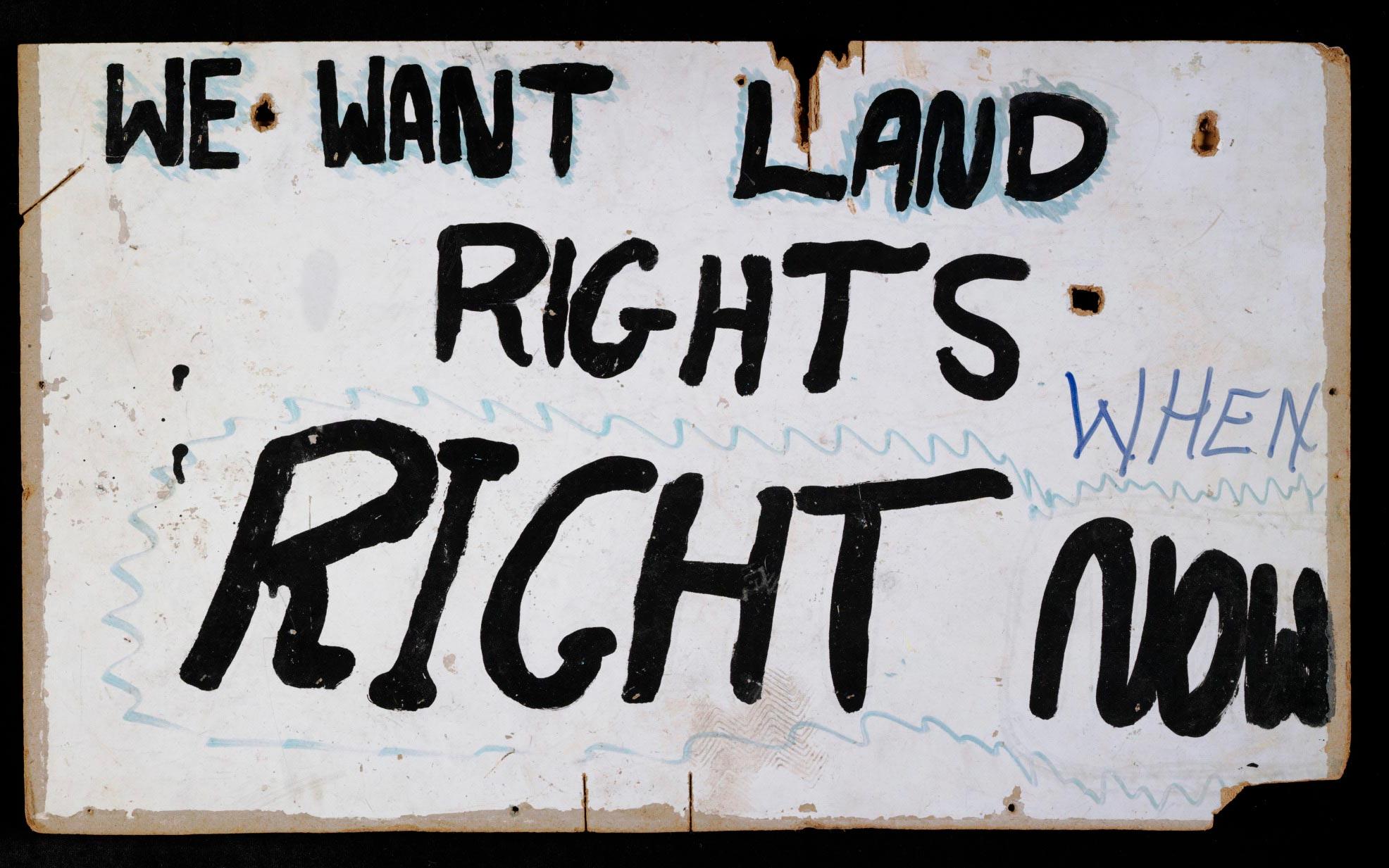‘From little things big things grow’
1966: Gurindji strike (or Wave Hill Walk-Off) led by Vincent Lingiari
‘From little things big things grow’
1966: Gurindji strike (or Wave Hill Walk-Off) led by Vincent Lingiari
Learning area
In a snapshot
On 23 August 1966, about 200 Gurindji stockmen, domestic workers and their families walked off Wave Hill station in the Northern Territory and refused to keep working for the station owners. The disagreement over wages and land ownership lasted nine years.
In 1975 some of the Gurindji people’s homelands were returned to them. This influenced the first legislation, passed in 1976, that allowed First Nations people to claim land title.
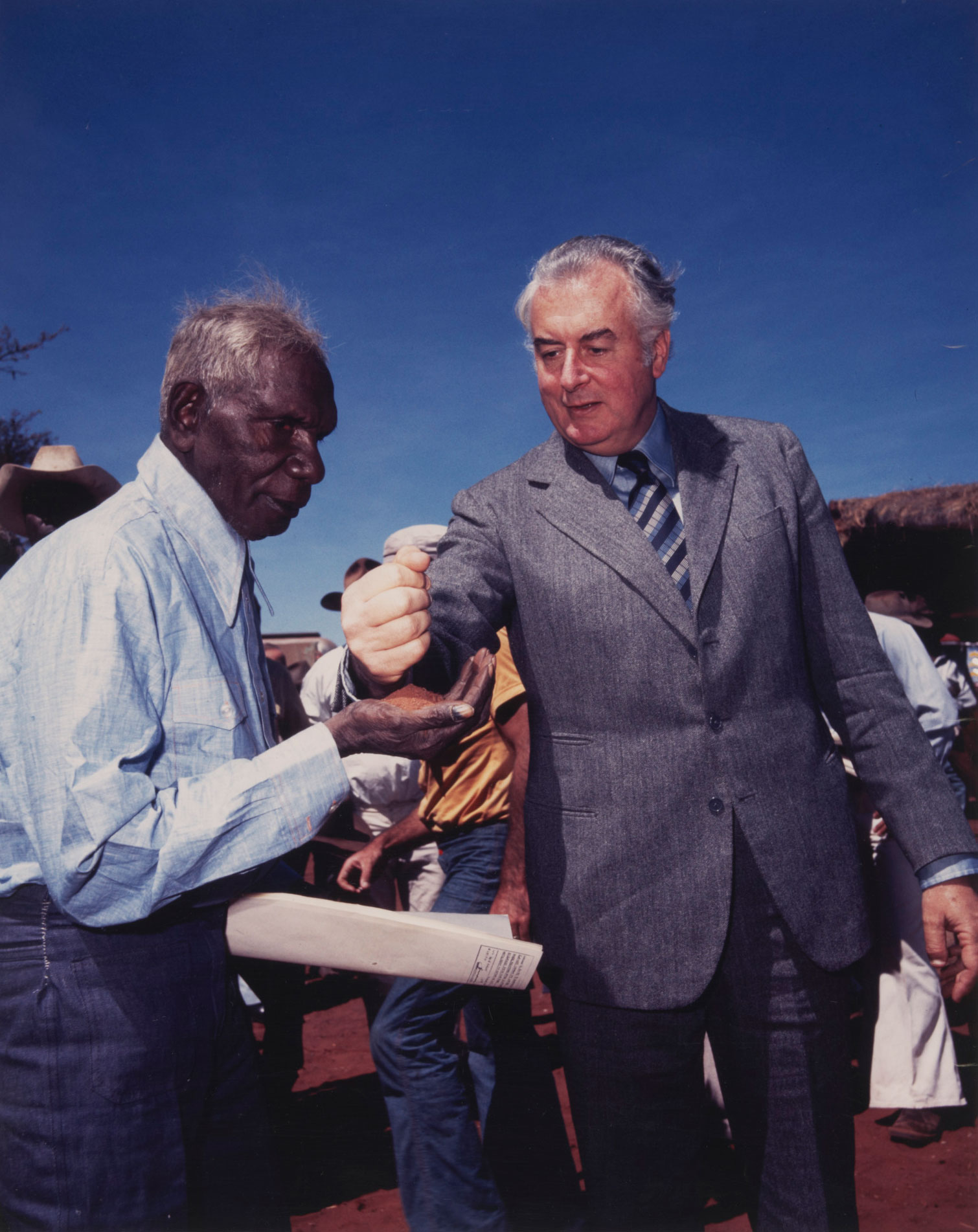
 Can you find out?
Can you find out?
1. What was the experience of First Nations peoples on pastoral stations up to the 1960s?
2. What did the Gurindji people start to demand from 1967 and what did they do to try to achieve this?
3. What did Prime Minister Gough Whitlam do in 1975 and why was this so important?
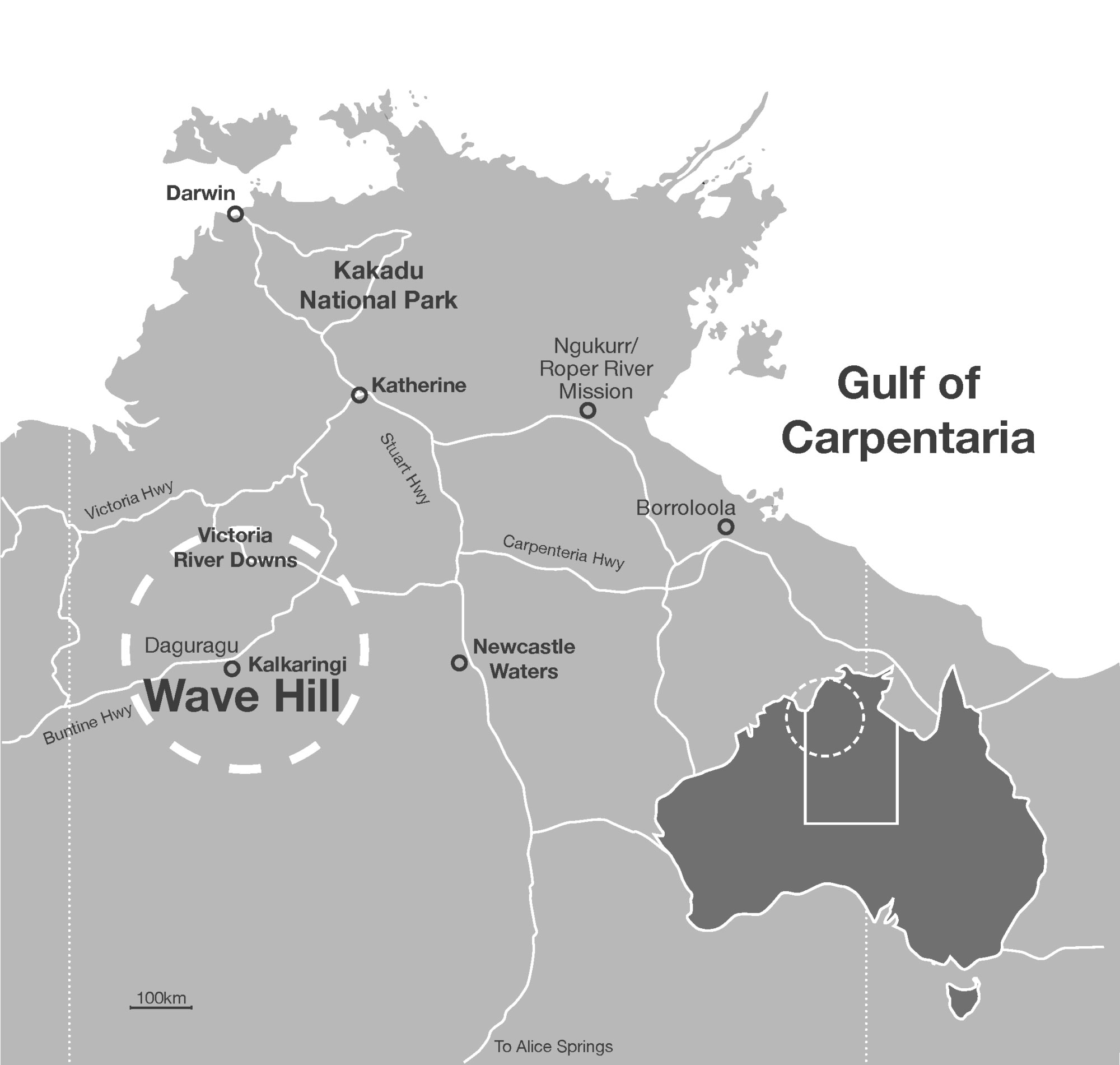
How did colonisation affect the Gurindji people?
The Gurindji people have lived in the Victoria River area of the Northern Territory for tens of thousands of years.
In 1883 the colonial government leased almost 3,000 square kilometres of the Gurindji people’s country to a white pastoralist. Soon thousands of cattle were moved onto the land. This damaged the environment and disrupted the Gurindji’s traditional land management practices.
Like many other First Nations groups around Australia, the Gurindji wanted to stay on their land despite these changes. Pastoralists took advantage of their desire to stay and used First Nations peoples as cheap labour on their stations.
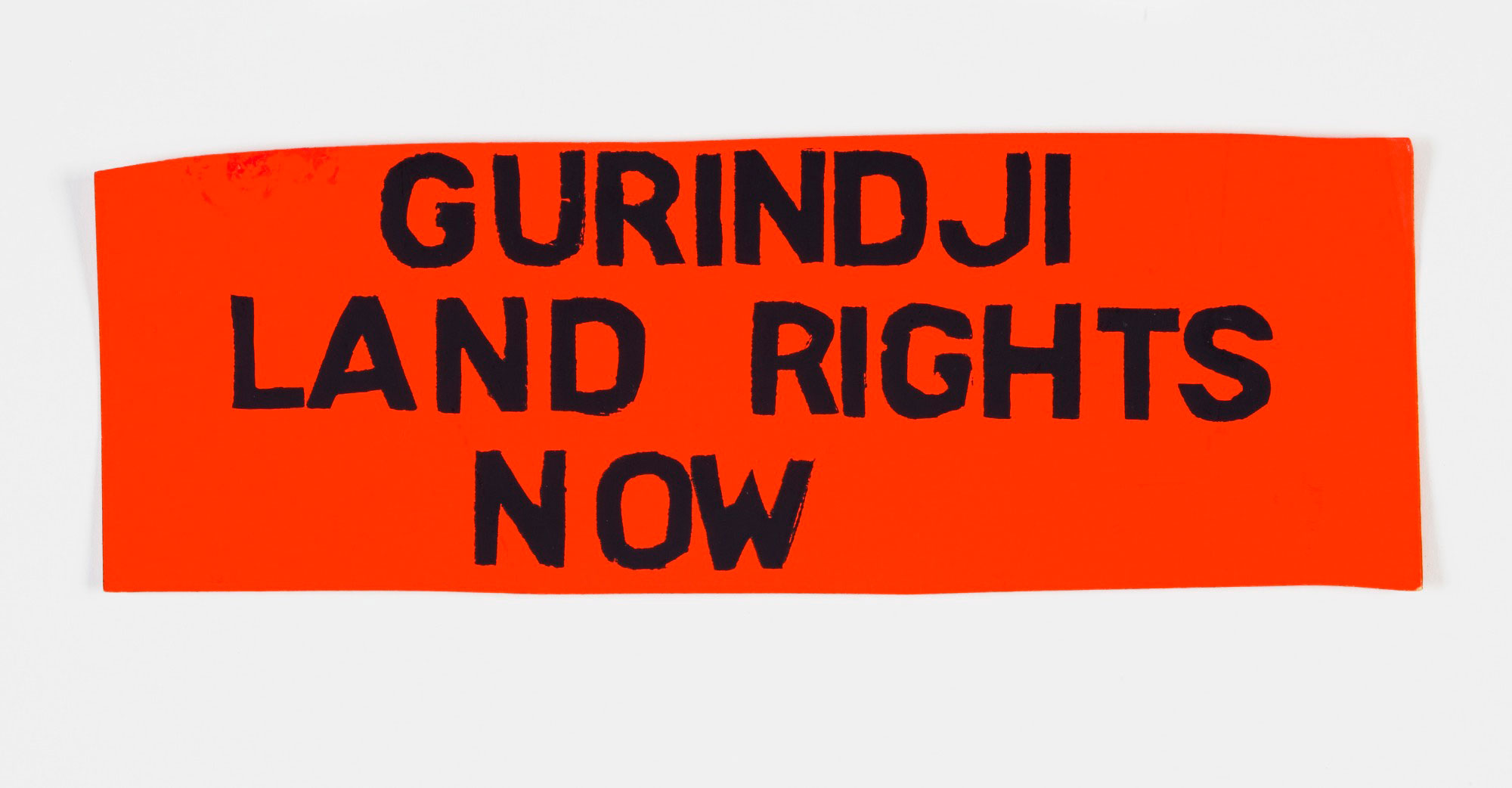
What was life like on pastoral stations?
In 1913 a new law meant that First Nations peoples in the Northern Territory would receive food, clothes, tea and tobacco for their labour. But often they were not given enough food or clothing, nor were they given access to safe drinking water. First Nations children were forced to work and many First Nations women were sexually abused.
In 1953 the Northern Territory Government set wage and rations standards for First Nations employees. But these wages were sometimes less than half of the wages paid to white employees for the same work. Some pastoralists still refused to pay First Nations workers anything at all.
By the 1960s attitudes were beginning to change. There were plans to make it illegal to pay First Nations peoples less than white workers, but pastoralists convinced the government to delay the new laws.
Research task
Research Vincent Lingiari and write a short summary of his life and achievements. Include information about when and where he was born, his occupation, his family, how he become a land rights activist, the challenges he faced and what he achieved in his lifetime.
‘I bin thinkin’ this bin Gurindji country. We bin here longa time before them Vestey mob.’

Why did the Gurindji people strike?
In the 1960s Wave Hill station was owned by an international company called Vestey Brothers. Vestey Brothers paid the Gurindji people working on the station very low wages. On 23 August 1966 the Gurindji people stopped working and walked off Wave Hill station in protest. They were led by elder Vincent Lingiari.
In 1967 the Gurindji set up a camp at Daguragu (also known as Wattie Creek). It soon became clear that the Gurindji did not simply want fair wages. More importantly they wanted the government to return some of their land. For nine years the Gurindji stayed at Daguragu and sent letters and petitions to the Northern Territory Government and the Australian Government asking that their land be returned to them.
How was the dispute resolved?
In 1972 the Labor Party led by Gough Whitlam came to power. The Whitlam government was interested in establishing First Nations land rights. Around the same time, Vestey Brothers finally agreed to hand over a small section of Wave Hill station around Daguragu to the Gurindji people.
In 1975 Prime Minister Whitlam visited Daguragu and in a ceremony he returned the land to the Gurindji people. Whitlam famously poured a handful of soil through Vincent Lingiari’s hand and said, ‘Vincent Lingiari, I solemnly hand to you these deeds as proof, in Australian law, that these lands belong to the Gurindji people’.
Research task
Research Brian Manning. Who was he and how did he contribute to the Gurindji strike?
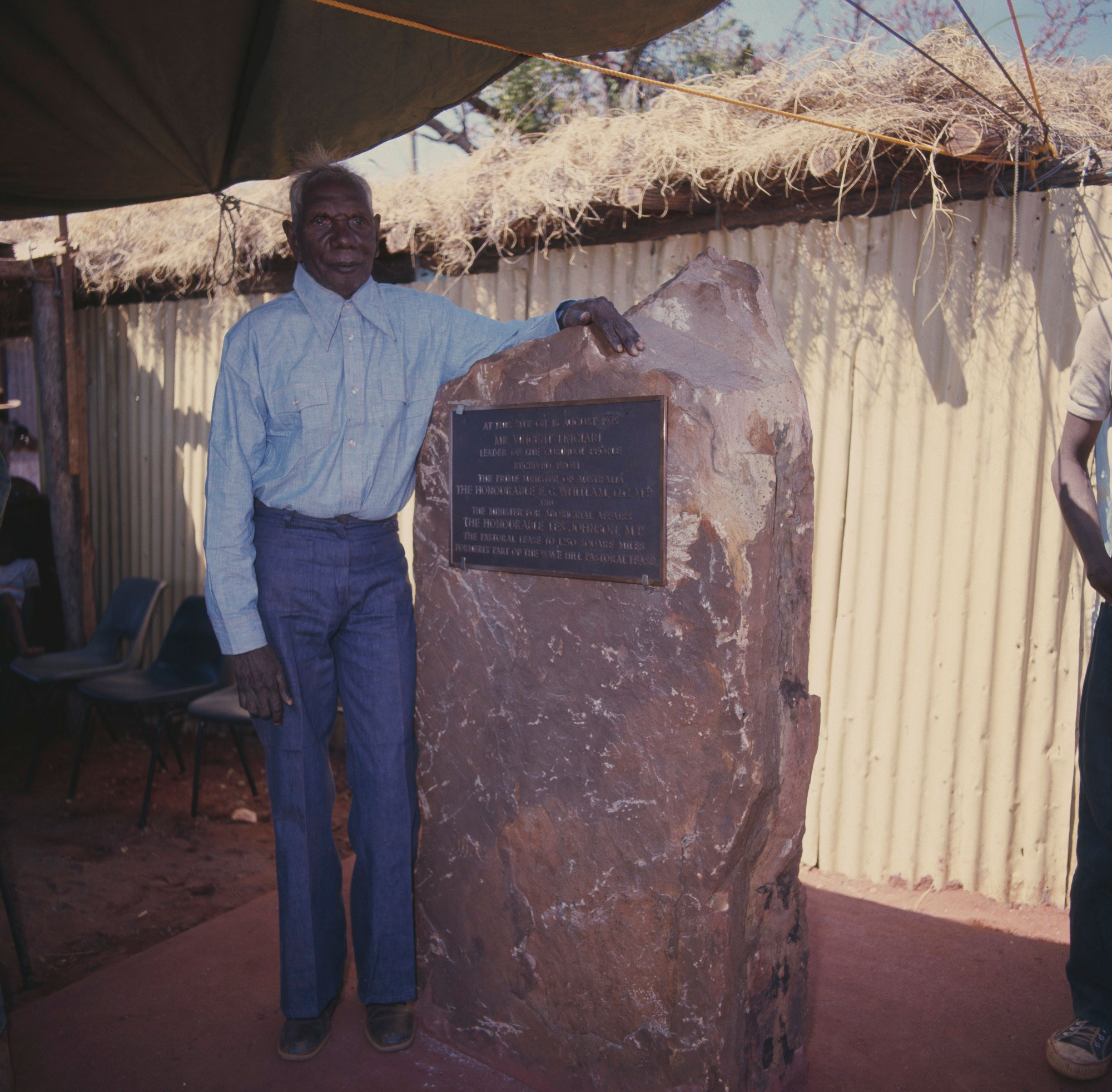
The Gurindji strike helped to make the Australian public aware of First Nations land ownership claims. It also influenced the first legislation in Australia that allowed First Nations peoples to apply for ownership of their traditional lands, the Aboriginal Land Rights (Northern Territory) Act 1976.
In September 2020 the Gurindji claim for native title to Wave Hill station was granted, 54 years after the walk-off that helped to spark Australia’s First Nations land rights movement.
Read a longer version of this Defining Moment on the National Museum of Australia’s website.
 What did you learn?
What did you learn?
1. What was the experience of First Nations peoples on pastoral stations up to the 1960s?
2. What did the Gurindji people start to demand from 1967 and what did they do to try to achieve this?
3. What did Prime Minister Gough Whitlam do in 1975 and why was this so important?






